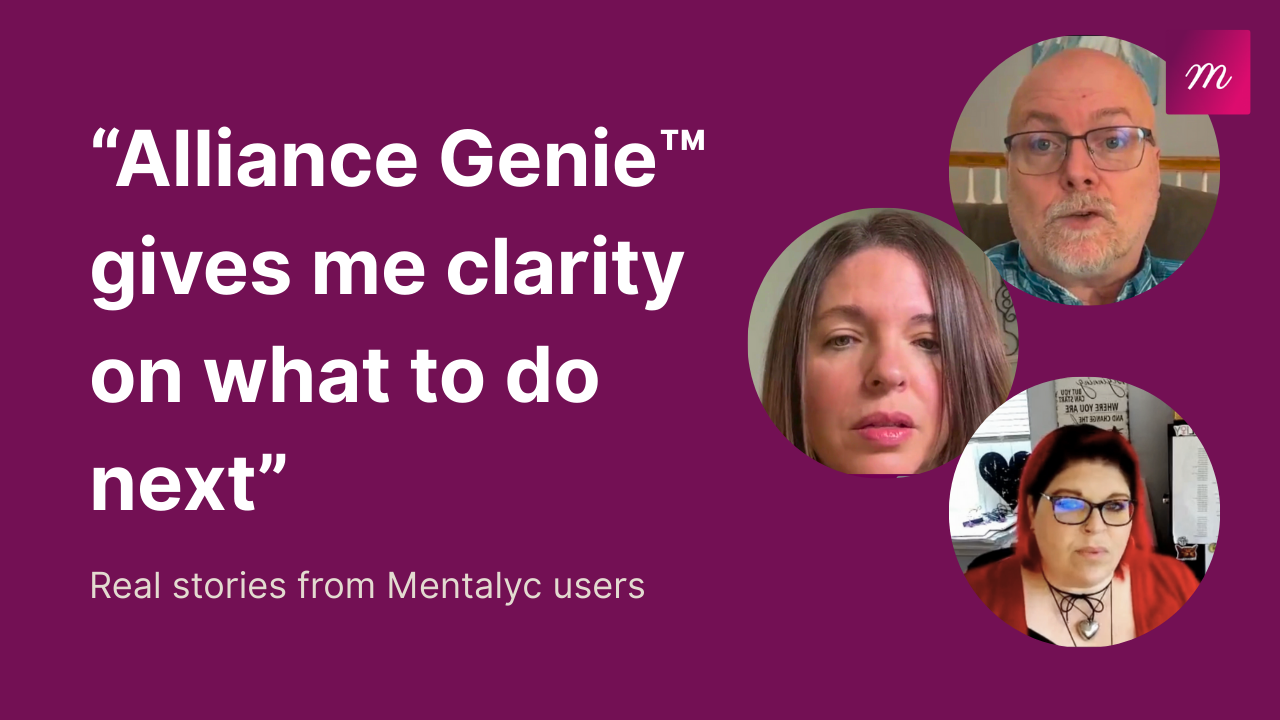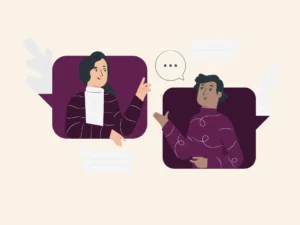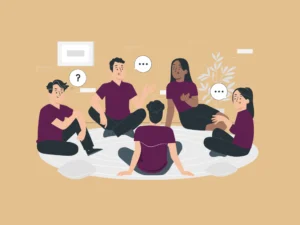Counseling skills and tools make clients feel safe, supported, and in the long run, healed. In the therapeutic relationships, the interventions are important, but what is even more important is the human relationship formed through effective counseling skills. As a new therapist beginning your career or an established clinician wishing to return to basics, having a good grasp of fundamental counseling skills has the ability to transform your own effectiveness.
Basic Counseling Skills
Active Listening
It is so much more than just hearing the words a client speaks; it’s being present, being interested by showing nonverbal cues, and offering gentle verbal and nonverbal signals to invite further participation. Physical cues such as nods, leaning forward, making eye contact, and repeating statements like “I see” or “Go on” suggest interest on the part of the therapist and help the client feel seen and heard. Reflection of the client’s words, especially their feelings, makes them hear themselves and increases their self-awareness. Empathy provides the client with validation, and therapists can learn valuable information about what is most central in the client’s internal world.
Example
A 15 year old teen girl, Jennifer, sits curled into the corner of the couch, talking about how she feels invisible at school and at home. The therapist, Jane, listens quietly, nodding, reflecting back the emotion beneath the words—not just the facts—so the teen feels genuinely heard, maybe for the first time.
Empathy and Validation
Closely connected to listening is the practice of empathy and validation. Empathy involves emotionally attuning to the client’s experience, while validation communicates that the client’s experiences make sense in the context of their life. For example, saying “That sounds incredibly painful” or “It makes sense that you’d feel overwhelmed” can powerfully affirm a client’s experience. When clients feel understood rather than judged, they are more likely to trust the process and engage deeply in the work.
Example
A 52 year old man opens up about crying in his car after work and quickly follows it with a self-deprecating joke. Instead of laughing along, the therapist, Jane, responds with warmth, validating the deep emotional weight he’s carrying and normalizing the intensity of his reaction.
Open-Ended Questions
Another cornerstone of counseling is the asking of open-ended questions. These encourage clients to explore and dialogue, rather than respond with a simple “yes” or “no.” Asking, “What was that like for you?” or “Can you tell me a bit more about how that felt?” requires clients to describe their experiences in their own words. Closed questions, “Did that make you sad?” narrow the conversation and limit self-expression.
Example
A 26 year old female client, Lisa, rambles nervously, unsure what’s “okay” to talk about. The therapist, Jane, gently asks, “What’s been feeling heavy lately?” a spacious, open-ended question that helps the client settle into their own story, rather than trying to guess what the therapist wants to hear.
Getting Comfortable with Silence
Deliberate silence is a highly effective therapeutic intervention. Sometimes people can feel uncomfortable with silence, however silence makes space for thinking, emotional processing, and the ability to gain more insight. After a major revelation, sitting in quiet space and holding space can be deeply affirming. Therapists can have confidence that all may not need to be talked about, sometimes the most significant work gets done between those silences.
Example
Andrea is a 34 year old married woman. After she described the moment she found out her partner was unfaithful, she began to cry. The therapist, Jane, resists the urge to comfort with words and instead sits in compassionate silence, allowing the grief to rise and unfold without interruption.
Paraphrasing and Summarizing
Paraphrasing and summarizing are skills that demonstrate understanding and help organize the therapy conversation. Paraphrasing is repeating back what a client has said in your own words to ensure the client’s meaning is coming through, for example, “So you felt like you were the only one who was keeping it all together.” Summarizing weaves together themes during a session or sessions, and this helps the client become clearer and perceive patterns in their thinking, feelings, and actions.
Example
After a 42 year old man, John, spends 20 minutes describing chaotic family dynamics, the therapist, Jane, pauses to summarize: “So, it sounds like you’ve been the peacekeeper for years, even though it’s costing you emotionally and costing your marriage.” The client nods with relief, finally, someone is making sense of it.
Therapeutic Boundaries
Establishing proper boundaries is key to ethical and effective counseling. Boundaries are time boundaries, professional boundaries, and emotional boundaries. Informed consent, routine scheduling, and soft boundary re-direction when boundaries are crossed are skills that establish the safety in a therapeutic relationship. When a boundary problem exists, having the discussion supervised keeps the therapist on their toes and client-centered.
Example
A nonbinary client, Ali, emails late at night, asking for advice on a relationship crisis. The therapist, Jane, while empathetic in their next session, explains the importance of maintaining communication within session boundaries, and helps the client identify support systems and skills they can use in the moment instead.
Genuineness
This one is very straight forward. Being congruent and authentic, where your inside experience is reflected in your outside expression, generates trust more than any technique in isolation. Clients are sensitive to authenticity and will know if a therapist is being insincere. Therapists can be authentic by communicating statements like, “I feel somewhat lost, can we back up and revisit what feels most important to us right now?” When your words, tone, and body language match, clients feel safe and heard.
Example
Eddie who has a trauma history tests the therapist, Jane, with edgy humor and sarcasm. Jane rather than playing along or ignoring it, responds authentically and gently, acknowledging the defense while also expressing sincere care, creating a moment of real connection.
Cultural Humility
Cultural humility is the ongoing process of learning and valuing a client’s cultural identity, being sensitive to your own social identities and potential biases. Rather than presuming cultural competence as something you do and complete, cultural humility means being open, questioning, and answerable. This may mean asking about cultural values, acknowledging positionally, or requesting feedback from clients on what feels helpful or hurtful in the therapeutic relationship.
Example
A nonbinary client, Cam, shares frustration about misgendering in past healthcare settings. Instead of centering their own intentions, the therapist, Jane, listens openly, acknowledges the harm, and asks what the client needs in order to feel respected and affirmed in the therapy space.
Goal Setting and Collaborative Treatment Planning
Goal setting in therapy provides guidance, organization, and a feeling of getting somewhere. Collaborative goal setting is critical and informed from client values and preferred results. Utilization of tools such as SMART goals (Specific, Measurable, Achievable, Relevant, Time-bound) can assist in ensuring clarity. Asking questions such as “What would progress look like for you?” empower clients and enable them to feel integral to their healing process.
Example
Matt is a 38 year old male who has been to 4 sessions. After a few sessions exploring general stress, therapist Jane checks in with the client: “What would you like to feel more of, or less of, in your life?” Together, they co-create a goal to reduce panic attacks and increase social engagement, revisiting it periodically as therapy progresses.
Practical Tools and Techniques
Therapists will also use frequent use of the basics to facilitate emotional awareness, coping, and safety. These might be feelings wheels to help clients identify emotions, thought logs to track cognitive activity, trauma grounding procedures, or crisis safety plans.
Tools/Techniques
- Narrative techniques can help clients reframe and rewrite their story from a strengths-perspective. This is a great tool to use when working with clients from a systems perspective. Metaphors and analogies are also good for shifting stuck thinking.
- Somatic and trauma-sensitive approaches help to consider cultural context, systems impact and histories of additional personal or familial trauma. Using this approach while practicing under the modality of CBT or DBT can be great tools to use for personal transformation. These will be most effective in response to a client’s particular needs, not as templated solutions, so getting to really know your client is key is the best tool you can have.
- Assessment tools and questionnaires are valuable ways to gather information directly from the client to understand their baseline scores. Tools include MADRS for depression, CAPS for PTSD and AAS for adult attachment.
- Software tools are also important to consider, such as EHR and AI-powered documentation. It’s important to consider the type of therapy you provide, your practice goals and the features in each EHR to determine what may be best for your population. AI-powered documentation tools such as Mentalyc offers therapists the ability to focus more on their clients while using this AI tool which captures the content of each session and transcribes them into the style of note you use. The website also providers therapists with valuable resources both for them and information that can be shared with clients as well as psychoeducation.
Final Thoughts
Counseling is about more than techniques, it’s about creating presence, trust, and connection with people. These fundamental skills are the cornerstone of effective therapy and the underpinning of enabling deeper work to develop and heal. Interventions and modalities are worth learning, but never underestimate the power of your attention, compassion, and commitment during these still moments walking with someone through their most vulnerable states. Continue to learn, stay reflective, and honor the growth potential that can be achieved by being a helper and healer.
References
Dermawan, O., Defriyanto, D., Busmayaril, B., & Nisak, K. (2022). The use of basic counseling skills in individual counseling sessions by counseling guidance students. KONSELI: Jurnal Bimbingan dan Konseling (E-Journal), 9(1), 113-118.
Prout, T. A., Wadkins, M. J., & Tatianna Kufferath-Lin, P. (2021). Essential interviewing and counseling skills: An integrated approach to practice. Springer Publishing Company.
Martin, D. G., & Johnson, E. A. (2024). Counseling and therapy skills. Waveland Press.
Zhang, X., Tanana, M., Weitzman, L., Narayanan, S., Atkins, D., & Imel, Z. (2023). You never know what you are going to get: Large-scale assessment of therapists’ supportive counseling skill use. Psychotherapy, 60(2), 149.
Why other mental health professionals love Mentalyc

“Using Alliance Genie has really improved my notes … It tells me what I’m doing and gives me an approach of what’s next.”

“There is a lot more feedback and suggestions in it than before … that makes things a little bit easier for me.”

“It keeps me on a level of assessment about the relationship that has a little bit more objectivity … helps keep me grounded.”

“It’s really giving me some good confidence … and areas of improvement to see nuances I didn’t see before.”







